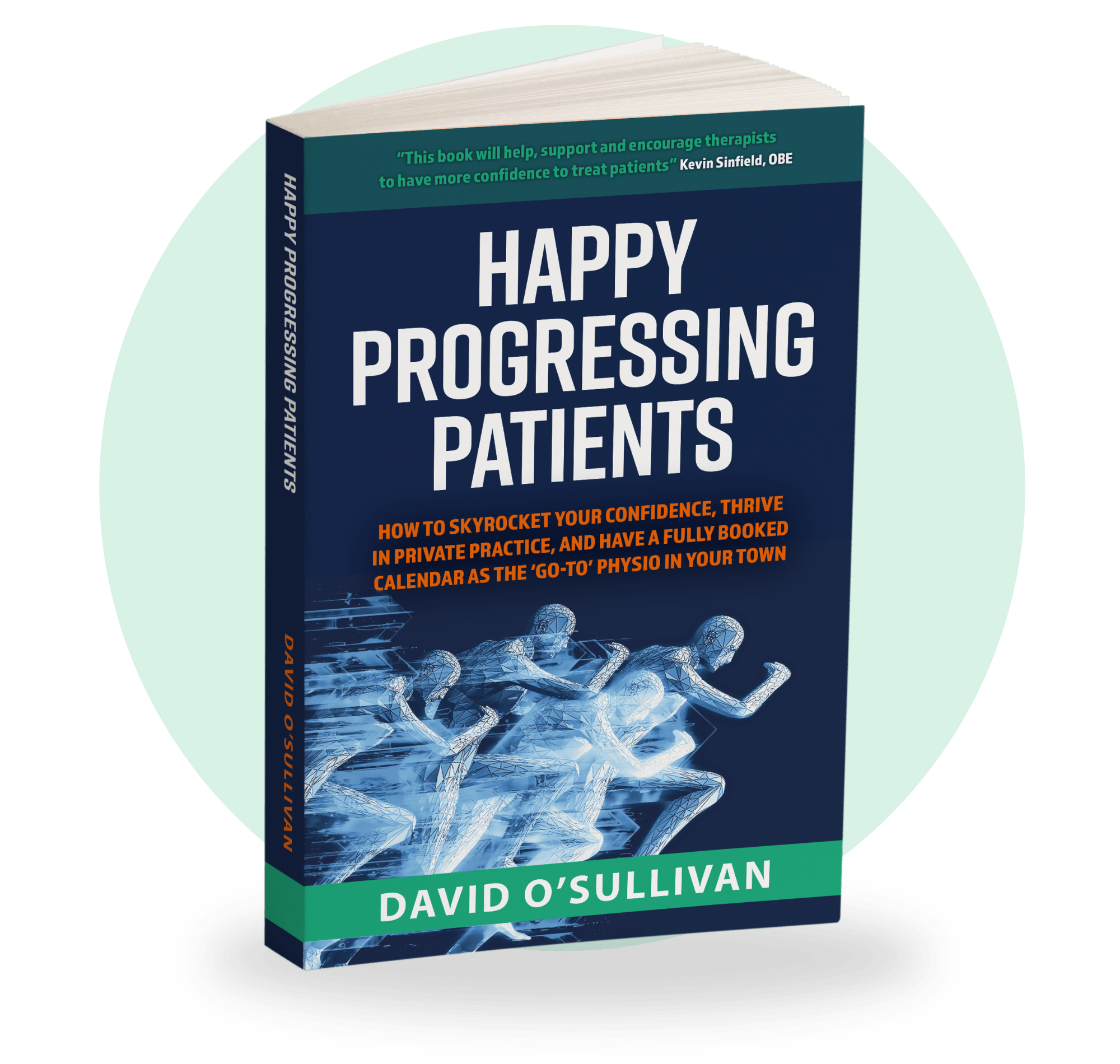
Nordics and Foot Pressures
In a recent blog I talked about the importance of foot pressures during the deadlift. It is the best way I’ve found to delay knee extension and engage more of the gastroc and distal hamstring. If you are not clear on why that’s so important, please go back and read my previous blog “The glute is only as good as the gastroc and hamstrings allow it to be”.
I got a lot of questions responding to deadlift blog and asking about how to integrate the midfoot into other exercises. One of the other big exercises I like to integrate with the midfoot is nordic hamstring curls. In my opinion, to get the best results out of the nordic exercises integrating the midfoot is key.
Instead of pulling through the heels, set your athlete up against the wall with the weight through the midfoot forefoot. By controlling the movement through the foot and having a plantar flexion driver you are going to recruit a lot more gastroc and distal medial hamstrings. This may be at the expense of not getting as much load at the proximal hamstring, but in my experience the distal tissues are much more important to get the muscle synergies between the gatsroc, hamstrings, and glutes as efficient as possible.
Watch the video above to find out more about how I cue this exercise, and this week’s episode of the Go To Physio Podcast is all about how I cue nordic curls.
As always, any questions get in touch, I’d love to hear your thoughts!
Get Your FREE Copy Of The Amazon #1 Bestseller That Holds The Secret To Confidently Treating Any Patient!
Download a Free ‘ebook’ copy of the 8-Step ‘World Cup’ Treatment Plan that helped my private patients achieve full recovery and made me a ‘go-to’ physio for complex cases…
